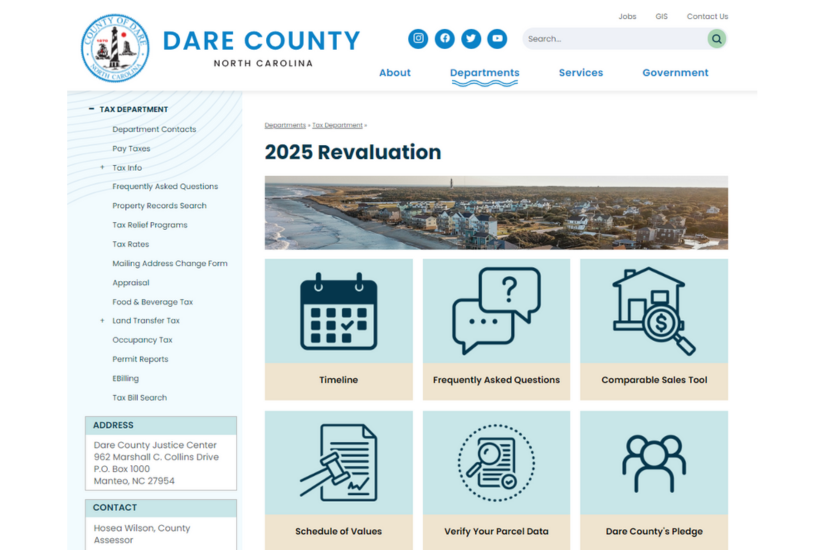Night Sky: Visible planets, two comets, and more highlights for February

Must be the Season of the Witch! This is the Witch Head Nebula, IC 2118. It’s a large, faint, reflection nebula located in the constellation Eridanus, near the star Rigel. The red area in the following image shows you where IC 2118 is located:

With a visual magnitude of +10, IC 2118 is impossible to see without a telescope. Even through a large scope, this nebula is difficult to see. This image is the result of joining two stacks of 93 separate images together. The large number of images helps isolate the light of the nebula from background noise caused by light pollution, and stray radiation in the night skies. The Witch Head is about 750 light years away from us.
What you can look for in February’s Night Skies
Once again, Venus continues to dominate the pre-dawn sky. It rises at 5:10 a.m. and will be about 30 degrees above the eastern horizon at 6:00 a.m. With a visual magnitude of -4.1, it’s easy to see. Mars and Mercury join Venus in the early morning skies. Mars rises at 5:54 a.m., followed by Mercury at 6:08 a.m. This might be a great chance to see Mercury since the sun doesn’t rise until 7:00 a.m.
Comet PanStarrs will be about 20 degrees above the SE horizon at 6 a.m. It’s got a visual magnitude of +7.7 so you’ll need a telescope or very good binoculars, (and clear skies), to see it. PanStarrs will be at its brightest on February 28, 2024, with a visual magnitude of +7.4.
You can also look for Comet 12P/Pons-Brooks just above the NE horizon. With a visual magnitude of +9.4, you’ll probably need a telescope to see it. Pons-Brooks will continue to get closer and brighter throughout February and most of March.
In the evening, Uranus, Jupiter, Neptune, and Saturn are still visible. Saturn sets at 8:20 p.m., but Jupiter is visible until after midnight.
Moon Phases:
Last Quarter is February 2
New Moon is February 9
1st Quarter is February 16
Full Moon is February 24
















